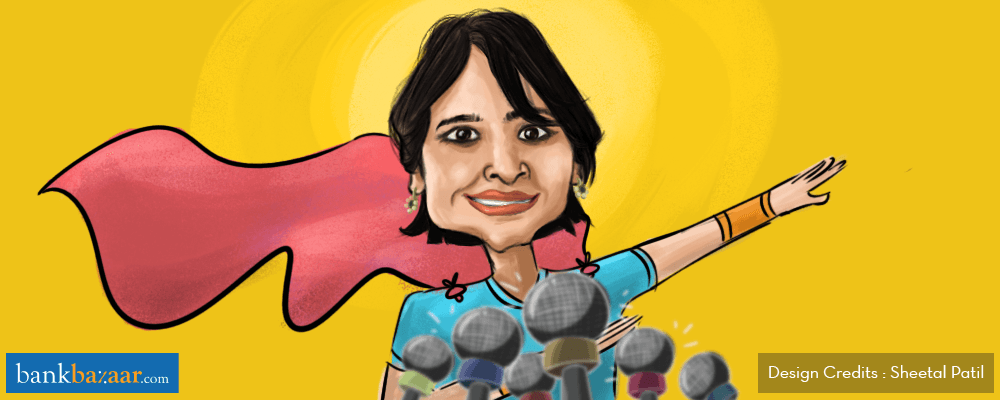Women have always been doing their bit for the family. They could do more with the help of some concessions that are available.

It’s a great time to be a women entrepreneur in the start-up space. There’s no dearth of mentor networks and peer networks that are creating an effective support system for novices and seasoned professionals alike. ‘Women empowerment’ is the buzzword. Meanwhile, away from the start-up ecosystem, naysayers may decry stats like women’s contribution to India’s Gross Domestic Product (GDP) standing at about 17% vis-à-vis the global average of over 36%. However, it’s time to focus on the positive changes around us.
The government is doing its bit to ensure that women are active participants when it comes to finances and loans. Take for instance the Women Entrepreneurial and Innovation Cell set up by NITI Aayog. This Rs 10,000 crore fund of funds is being set up to provide financial support to women. Another fine example is the Pradhan Mantri Mudra Yojna scheme. This government scheme aims to provide funding to those in the non-corporate, non-farm sector. This will include all those vegetable vendors, repair shop owners and shopkeepers. It has been reported that over 70% of the beneficiaries under this scheme are women. As is evident, women are proving that they are equally adept at handling money, loans and finances.
Additional Reading: HRA And Home Loan: Can Both Be Claimed For Tax Deduction?
In fact, women can help bring down the cost of the loans that are needed for their family. One good example is the Home Loan. Most lending institutions today are offering interest rate concessions for Home Loans if the primary borrower is a woman. The interest rate discounts can be anywhere between 0.2% and 0.5%. How much difference will this make? Let’s break it down.
If someone takes a Rs. 50 lakh loan for 20 years at 8.8%. They will be paying an EMI of Rs. 44,345 and the total interest outgo will be Rs. 56,42,843. What if they take this loan at 8.3% that is offered for women? The EMI will go down to Rs. 42,760 and the interest outgo will be Rs. 52,62,480. The family will actually save Rs. 3,80,363. Another important point is that most state government authorities provide concessions on stamp duty if the property is being purchased in the name of a woman. This can help a borrower save as much as 1% of the property cost.
Additional Reading: How To Reduce Your Existing Home Loan Rate
The same is true for the Pradhan Mantri Awas Yojana. This government scheme provides Home Loan subsidy to the low and middle income households. If the borrower is in the low-income category and wants to avail the Home Loan interest subsidy under the scheme, one of the registered owners of the property has to be a woman. The interest rate subsidy offered is a good 6.5%. If one is taking a Home Loan at 8.3% and registers for subsidy under this scheme with a woman as the registered owner, the effective interest rate on the Home Loan will be just 1.8%. I would say that there is almost like paying no interest at all. And if you didn’t know already, if two people own a property, they can share the Home Loan tax benefits in the proportion in which they own the property. Now, isn’t that a good thing?
All these schemes will surely ensure financial inclusion of a good number of women in the country. The FinTech sector is already playing a critical role in making finance more accessible to bigger sections of the population. For women, having access to everything in a digital format is an effective way to tackle traditional barriers to inclusion such as societal constraints or threats to physical safety. With all of these levers correctly in place, complete financial inclusion is not very far away.
This article was originally published on LinkedIn.